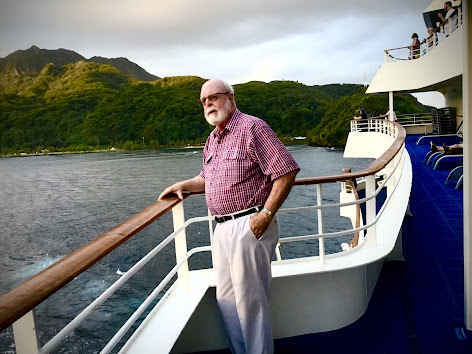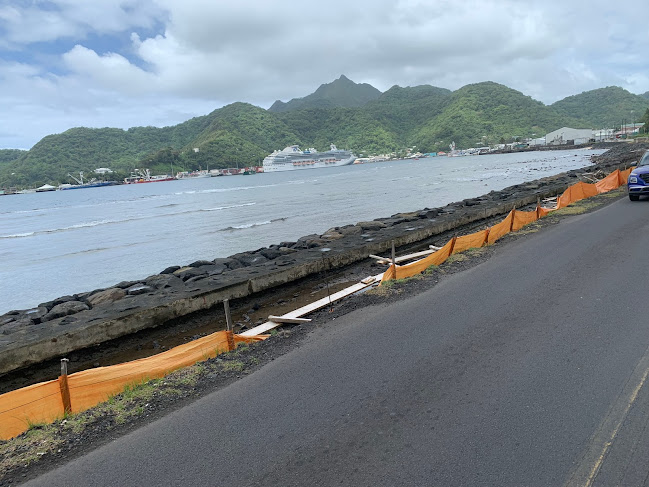THE VOICE
We were not able to register for a postal vote on the Voice because our departure date was earlier than the first scheduled time for ballot papers to be distributed. However, the Australian Consulate in Honolulu is providing an opportunity to vote. It is only about ten minutes walk, so we are pleased to register our support for the Voice. But all appears lost for a Yes outcome.
There is NO talk about the Referendum on this ship - only a great silence. We have not learned to speak kindly and with respect on ‘controversial topics’, so we don’t speak at all. We are terrified that any discussion will turn ugly. It was the same with the climate change debate and with Covid. People take positions and then are unwilling to debate them for fear of ……being wrong, being attacked, being tagged as ‘stupid’, tarnishing a valued relationship? I’m not sure what it is.
The Federal Government, and Albo in particular, must take ownership of this failure. Unfortunately, Albo led with his heart and not with his head. For all his extensive experience, he has misjudged the political nature of this Referendum. He announced it in the high emotion of Election Night stating that he would implement the Uluṟu Statement from the Heart in full. He then passed the ball to a Committee to do the preparation making it clear that this idea did not ‘belong’ to the politicians but to the indigenous people and to all people in Australia. And he was right about that. What he was wrong about was that such an issue would not be politicised. He trusted in the good heart of the Australian people who were ready for such a change.
Dutton’s decision to oppose the Voice was quite transparent. The Liberal Party had been trashed at the last election and its leader for the past three years shown to be incompetent and politically corrupt, leaving the country in debt to almost a Trillion Dollars with high inflation and low wages. The incoming Government set about a six month program of repair and the polls were stratospheric. The two areas of government in which the Conservative Right had claimed superiority (economic management and national security) were now being competently managed by the Progressive Left..
The Coalition were in disarray. They had brought no new policy ideas to the last election apart from a promise of Stage 3 Tax Cuts in 2024. The only strategy now open to Dutton was to oppose everything the Government proposed in the style devised by Dr No himself (Tony Abbott). Dutton could not afford to give Albo another win with the Voice.
Vigorous opposition is a hallmark of Westminster adversarial politics. It does not matter that an Opposition’s argument is flimsy or substantial.Those who lean towards Conservative political beliefs, as well as many who have little interest in politics at all, are positively influenced by information fitting their own internal biases. Say it often enough and loudly enough, particularly if repeated by friendly media, and an Opposition will begin to create doubt in the minds of the electorate.
Now it is important to be clear here. Dutton is not against a Voice to Parliament. He is opposed to the Voice being placed permanently in the Constitution. He knows he cannot dispute that the indigenous were the first inhabitants (owners) of this land, that they were dispossessed of it by colonisation, and that many indigenous people are highly disadvantaged relative to the general population. So he will support a legislated Voice to Parliament thereby retaining the high moral ground for this issue. In the process he raises his profile as a leader and tarnishes the reputation of Albanese as being fallible, not in touch with the majority. If Albo then goes on to attempt to legislate the Voice, with a National Party opposed to any Voice at all, Dutton will play hardball with getting such Legislation through. There appears to be no easy path through for the Government if the Voice is lost.
Jim
https://www.thesaturdaypaper.com.au/share/16909/Y0ZSnpb
7am
Listen on Apple Podcasts: https://podcasts.apple.com/au/podcast/the-albanese-interview-theres-still-hope-for-the-voice/id1461999702?i=1000628793115



















